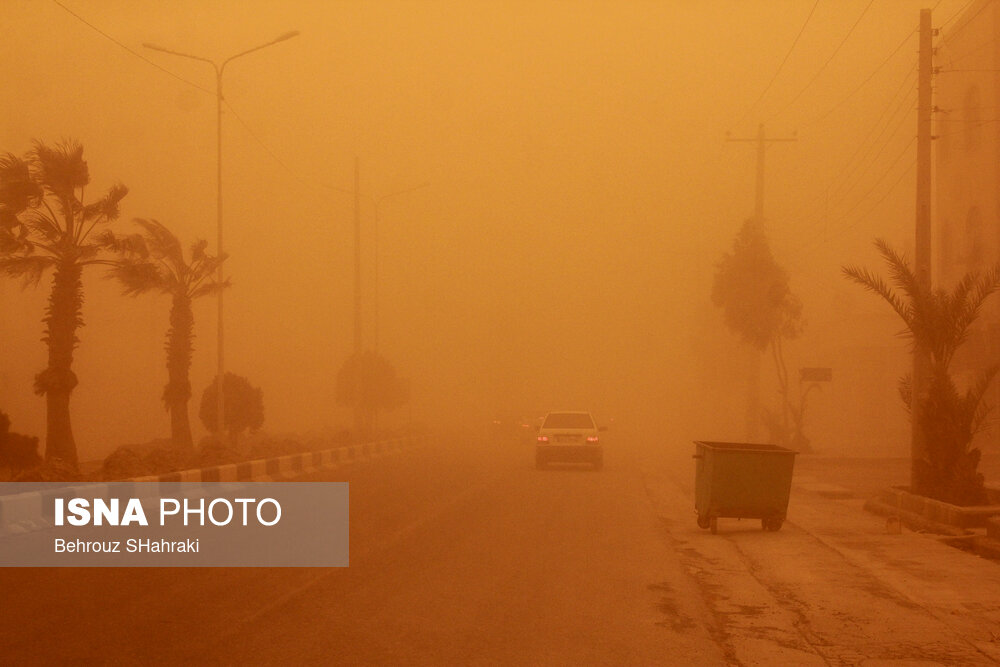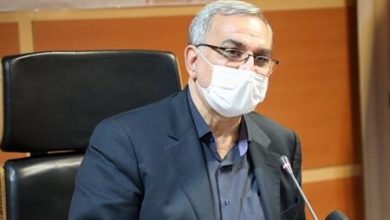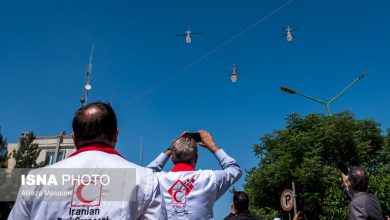

Referring to the drought and the decrease in rainfall in Iran and neighboring countries, the head of the National Center for Climate and Drought Crisis Management said: Due to the increase in drought and decrease in precipitation in the Middle East and North Africa region, it is expected that this is due to the high air temperature and the lack of suitable vegetation as a result of the lack of Rain increases the amount of dust.
According to the informants, The Meteorological Authority warned on April 14 of this year, coinciding with the Nowruz holiday, of strong winds, rising dust, and declining air quality in some governorates. This is while last year (1401) issued an air warning, starting from April 16, regarding the entry of dust into the country and the reduction of air quality. The increase in air pollution caused by the scattering of dust particles became so severe that the air in some provinces, including Tehran, was at that time in a dangerous state when it reached 500 people. About the reason for this thick dust in the air in the spring and summer seasons, the head of the National Center for Climate Crisis and Drought Management says: The dust in Iraq and Iran is a migration system that moves from west to east or from east to west in spring: it has the highest density, concentration, and even extent midsummer. The reason for their occurrence is lack of moisture and lack of proper work, dry environment, low precipitation and annual drought.
And he continues: Because of the decrease in precipitation, we can expect more dust in the short term. Although, in addition to the foreign foci, there are areas in the country that either formed new foci of dust in recent years or were from the past and their extent has increased. Among these areas, parts of southern Tehran and southern Alborz province—which were once plains, riverbeds, seasonal lakes, and seasonal reservoirs—and the Gavkhoni wetlands of Isfahan province can be mentioned because they have dried up and turned into dust-prone areas. had become.
Read more:
Ahadazifeh in conversation with informants, Regarding the issue of dust and its external foci, he said: Some countries in the region, such as Jordan, Iraq and Saudi Arabia, have witnessed a situation similar to Iran in terms of weather conditions, and when there is little rain, growth increases. Pastures diminish and the land becomes bare. The face of that region is exposed to erosion by winds, so when active meteorological systems pass, the winds that blow from these systems lift the dust easily, and by passing from west to east, they transport the masses of dust to our country as well, which increases its intensity and varies greatly from year to year. to another.
The head of the National Center for Climate Crisis and Drought Management added: During the past decade, the number of dust storms has increased, which are also very severe and affect Iran, and one of the main reasons is the development of droughts in the country. Middle East and North Africa region. This year also, taking into account that it is a dry year, and that the central, eastern and northern regions of the country have received less rainfall and the lakes in these regions are prone to high dust, it is expected that as a result of the high air temperature and the lack of suitable vegetation cover, an increase in the amount of Dust due to lack of precipitation.
In the end, the mission also noted the infiltration of dust masses from neighboring countries in conditions of drought and low precipitation.
the end of the letter










